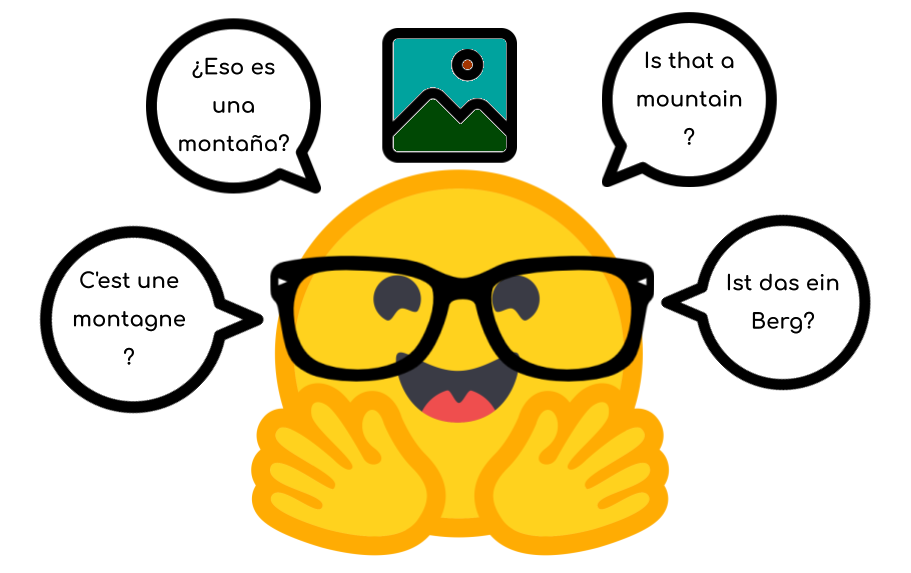How Much Can CLIP Benefit Vision-and-Language Tasks?
Most existing Vision-and-Language (V&L) models rely on pre-trained visual encoders, using a relatively small set of manually-annotated data (as compared to web-crawled data), to perceive the visual world. However, it has been observed that large-scale pretraining usually can result in better generalization performance, e.g., CLIP (Contrastive Language-Image Pre-training), trained on a massive amount of image-caption pairs, has shown a strong zero-shot capability on various vision tasks. To further study the advantage brought by CLIP, we propose to use CLIP as the visual encoder in various V&L models in two typical scenarios: 1) plugging CLIP into task-specific fine-tuning; 2) combining CLIP with V&L pre-training and transferring to downstream tasks. We show that CLIP significantly outperforms widely-used visual encoders trained with in-domain annotated data, such as BottomUp-TopDown. We achieve competitive or better results on diverse V&L tasks, while establishing new state-of-the-art results on Visual Question Answering, Visual Entailment, and V&L Navigation tasks. We release our code at https://github.com/clip-vil/CLIP-ViL.
PDF AbstractCode
Results from the Paper
 Ranked #4 on
Vision and Language Navigation
on RxR
(using extra training data)
Ranked #4 on
Vision and Language Navigation
on RxR
(using extra training data)









 MS COCO
MS COCO
 Visual Question Answering
Visual Question Answering
 Visual Genome
Visual Genome
 GQA
GQA
 Matterport3D
Matterport3D
 RxR
RxR